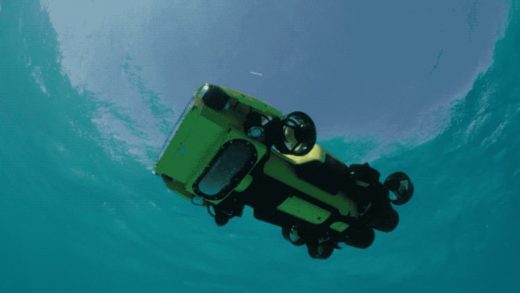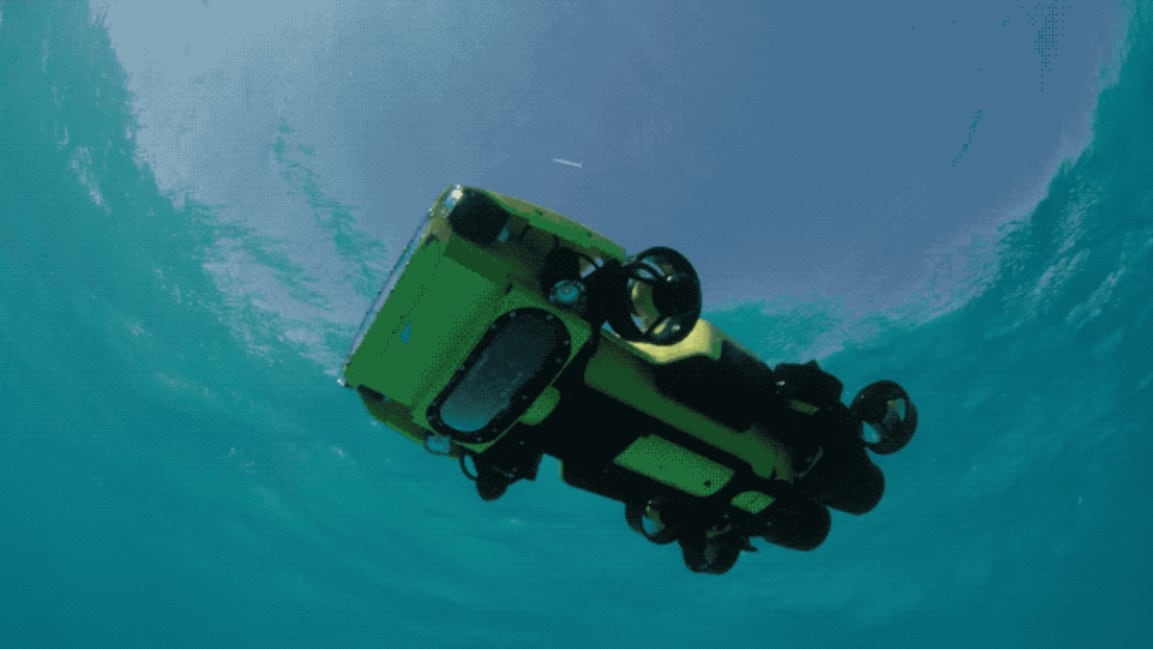This robot shoots out baby coral to help slow the effects of climate change on damaged reefs
This spring, a yellow robot glided through a coral reef in the Philippines, spending hours gently sprinkling microscopic baby coral onto the damaged reef below. It was an early test of technology that some researchers think could help speed up efforts to rebuild struggling reefs around the world.
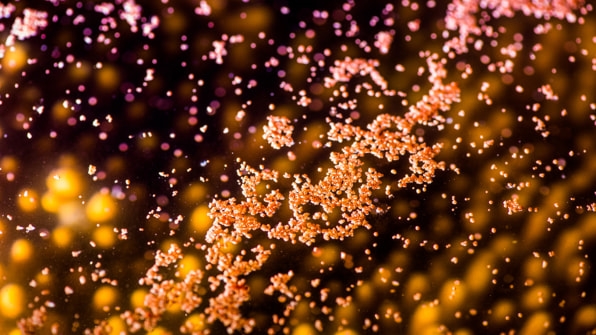
“The world’s reefs are losing corals faster than they can be naturally replaced,” says Peter Harrison, an ecologist at Southern Cross University in Australia, who partnered with Matthew Dunbabin, an engineer from Queensland University of Technology, to build and test the robot. “In just about every reef system on the planet, we are suffering from declining corals. So what we’re focused on is trying to restore coral populations to get the corals growing back on these degraded reef systems as quickly as possible.”
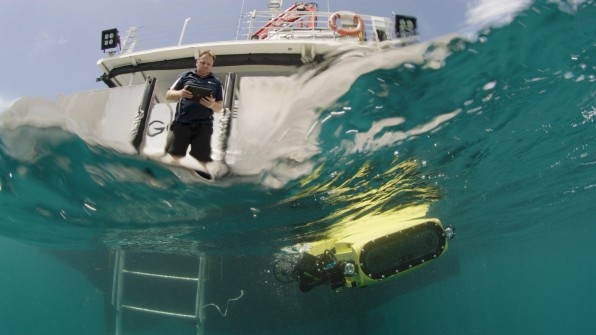
The new process accelerates a technique that Harrison, known for pioneering “coral IVF,” has already tested by hand. Corals typically reproduce en masse at night—once a year, when the moon, tides, and temperature are right, a blizzard of billions of eggs and sperm floats from corals to the surface of the water for fertilization. In a week or less, new coral larvae begin to restock the reef. But as coral reefs collapse—from heatwaves in the ocean, overfishing, pollution, and other problems—some reefs don’t have enough coral left to successfully spawn and rebuild a damaged reef.
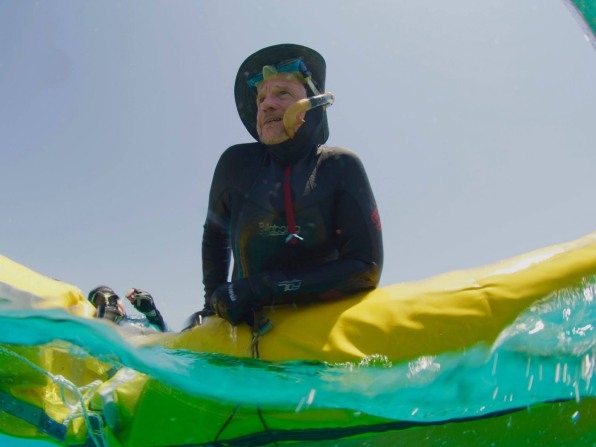
Harrison and his team collect coral spawn from corals that have survived recent mass bleaching events, and are most likely to also survive in the future as ocean temperatures continue to rise. “What we’re trying to do is to capture the remaining genetic diversity of those surviving corals,” he says. The team raises the coral inside enclosed areas on a reef for five to seven days, and then delivers the tiny new corals to reefs that most need it. This approach, called “larval restoration,” can be done by hand. But the robot can help cover much larger areas, or 1,500 square meters in a hour.
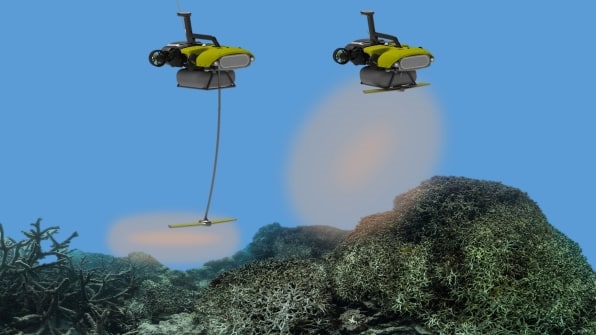
The robot is a variation of a device that was originally designed to hunt and kill an invasive starfish that is another threat to coral reefs. The base of the robot is now called the RangerBot, and it can use different attachments, including the injection system for the starfish or the payload of baby coral (when it plants coral, it’s renamed the LarvalBot). It navigates through the reef using computer vision and is controlled by a tablet; eventually, it will operate autonomously. It could also be used for everything from monitoring water quality to counting turtles. “We want to let the marine scientists do what they do best, which is assessing conditions,” says Dunbabin. “We just want to provide tools for them to really upscale the activities that they’re doing.”
In a test late last year on the Great Barrier Reef, the team delivered coral to a degraded part of the reef. The researchers are currently writing a paper about the tests, but say that the process works. “The recent work indicates that this is a really effective method of doing this at a reasonable scale,” says Harrison. At the reef in the Philippines, it’s still difficult to tell if anything has happened–the larvae are less than a millimeter in diameter, and can’t be seen without a microscope. But the team is studying tiles placed in the reef to see how the larvae are settling. In a year, the baby corals will have grown enough that the team can begin to count them, map them, and monitor them over time.
The robot is designed to be as affordable as possible. Underwater robots typically use sonar to navigate, but because the RangerBot works in shallow reefs, it was possible to design it to navigate through computer vision instead, which dramatically shrank the cost. The team is already beginning to provide it to conservation groups that are able to use it and provide feedback. “These groups normally wouldn’t be able to afford this technology, but we can make it accessible to them,” says Dunbabin. The device can be easily transported in a large case, so it could be moved around the world to work on different reefs. “They could be sent to different areas around the world and help with distributing coral larvae as part of this process of looking at this at a global scale,” says Harrison. “We’re very convinced that this is part of the solution.”
(16)

